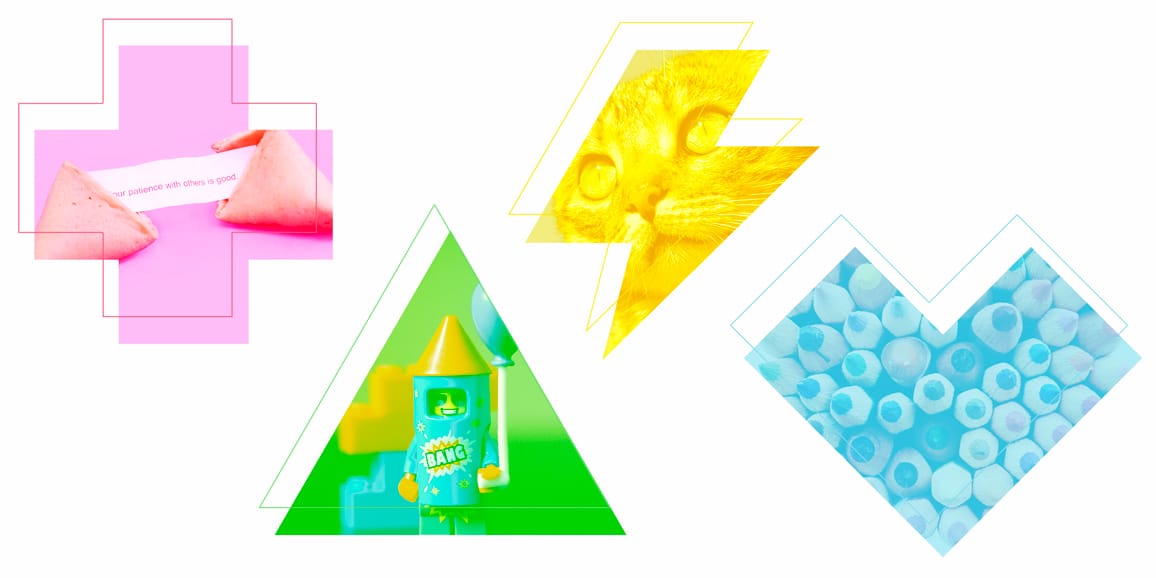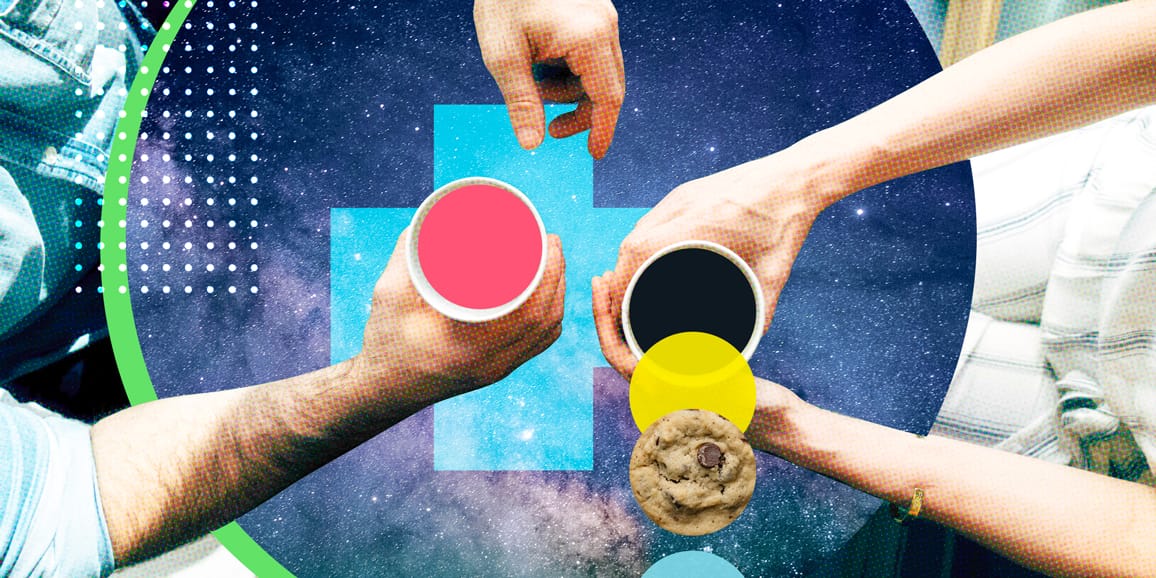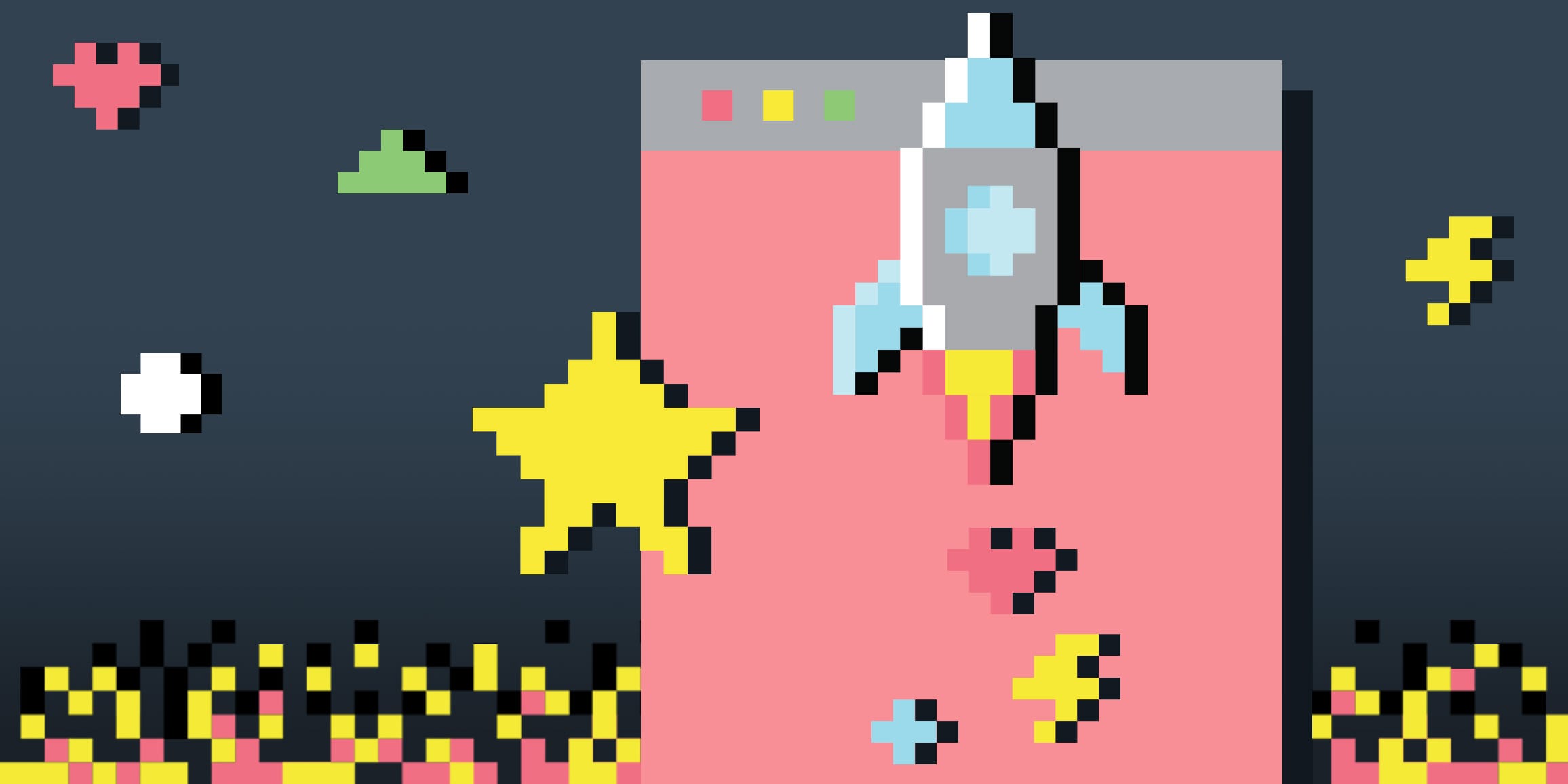When searching for an effective, original means to solve a problem, brainstorming is the lifeblood of inspiration. For agencies and brand marketing teams, the act of gathering stakeholders in a room to resolve a problem is a time-tested method of applying fresh perspectives in pursuit of a creative idea. But, as with most things, the practice of ensuring a brainstorming session is effective and inclusive isn’t so simple.
You always find the best solution in brainstorming through diversity of thought. While that mix of perspectives is a natural byproduct of bringing any group of people together, the best ideas stem from casting a wide net across your organization.
Some 20 years ago, organizations functioned in a more fragmented way. Brand, marketing, and accounting groups operated independent of one another and communication could break down. Often, this divided approach also included executive leadership, whose involvement began after an idea was decided – a pattern that too often led to frustration because a stakeholder wasn’t included in the process.
Now, especially in light of the operational changes faced by every organization since the coronavirus pandemic, marketers must recognize that excluding people is not an effective business or social practice. Including diverse thoughts and opinions from across an organization has become the cultural business norm. Even more tradition-minded organizations like Goldman Sachs recognize the value of inclusivity.
When approached with the proper mindset, brainstorming sessions are a microcosm of how your organization should function at its best.

An effective, inclusive brainstorming framework requires organization
As creative people, we’ve all been in brainstorming meetings that have struggled from a lack of structure. You can’t gather voices from across your organization, present them with sticky notes and a pen and say: “Our goal is to come up with a great idea for the next campaign – Go.” In those situations, anxiety shoots through the roof and people tend to shut down creatively.
The most effective brainstorming sessions arise from a clear framework. At We the Collective, the role of the facilitator is crucial to creating a safe environment for generating ideas.
When a neutral party outside your organization establishes guide rails such as an agenda and an objective, even those who may not usually be included in these meetings feel more comfortable knowing there’s a process in place. A well-run, successful meeting has a well-defined purpose that takes participants out of their usual roles and agendas. If you don't establish a clearly defined problem, then a meeting's participants can go different directions with their thinking.
This inclusive approach also humanizes your agency partner. Once you’re in a breakout room and everyone is writing their terrible ideas at first, it levels every participant and breaks down the agency-client relationship in a positive way.
Granted, in the beginning, a blank whiteboard can be daunting. But while not every participant may think of themselves as creative, we’re all natural problem solvers. Effective brainstorming requires stating the problem, establishing the goal, and then breaking those needs into components. Some participants are good at running wild with divergent ideas, while others will crave grounded, boxed-in conclusions of convergent thinking. In the spirit of inclusivity, we run workshops with room for both methods. A single, well-facilitated meeting that casts a wide net yields more value than multiple sessions that don’t generate results.
In the end, our deliverables improve through the use of divergent, blue-sky thinking. But at some point, ideas need to be broken down to their concrete, producible elements. Making room for both yields the best solution while offering an inclusive approach, which builds trust and bonds your team.

Brainstorming from a distance can be beneficial to participation
As an agency, brainstorming meetings are our natural habitat. But for many, these sessions are daunting. We all have different strengths, and not everybody can think off the top of their heads. Some people function better as internal processors and need time to digest information. In those cases, the act of calling on someone to facilitate their participation can feel like a nightmare.
However, as much as we miss the familiarity of offices and boardrooms, the virtual brainstorming session offers its own measure of inclusion. Software like Zoom plays to people’s strengths because people can’t hide in the back of the room when they’re onscreen. However, they can stay on mute, look something up as needed, and join with something pithy once they’ve formed an opinion. In an in-person workshop, this kind of participation is less likely because people feel uncomfortable being called on. This lack of involvement isn’t due to a lack of ideas, it’s just a difference in processing.
Tools such as a virtual Mural board also allow us to simulate the traditional whiteboard experience of a brainstorming session. Using set templates and exercises, the software provides everyone space to contribute and interact. In our experience, these boards have proven more inclusive than a physical whiteboard space.
When you work with talented facilitators who understand the value of accessibility and inclusion, they can draw out the best thinking from your stakeholders even under challenging circumstances.
Follow-up is key to maintaining the benefits of inclusivity in creativity
Including voices from across your organization in brainstorming sessions improves both the quality of the ideas and your organization’s culture. But a lack of communication after the meeting can undo the benefits of a more accessible creative process.
Without proper follow-through, those people in your organization who were ordinarily excluded from brainstorming will assume the worst. Inclusivity is not a one-time effort, especially among those who may be new to the creative process. By reaching out to ensure every participant knows their contribution was appreciated, you're laying the groundwork for future sessions to be more successful. If you make people feel their time was valued and their ideas were heard, they will grow more confident for the next session.
An organization that builds its creativity on an inclusive, accessible environment improves the quality of its thinking and culture as a whole.


